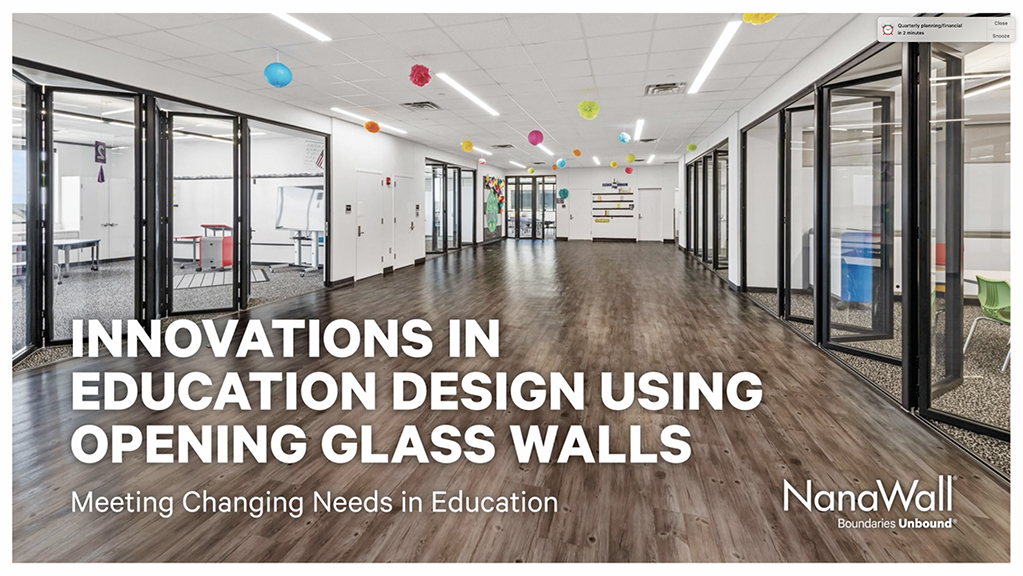Permeable Interlocking Concrete Pavers
Permeable interlocking concrete pavers (PICP) have the ability to create solid, strong surfaces for pedestrians and a range of vehicular uses, and can help maintain a site’s existing natural hydrologic function. This course discusses the goals of a PICP system and the materials used. It compares PICP with other stormwater management systems and describes the proper installation of a permeable paver system.
HSW Justification:
Permeable paver systems help prevent flooding that can contribute to injury, accidents, and property damage. Additionally, permeable paver systems properly installed help maintain more purified groundwater by providing a filter medium and detention reservoirs, reducing turbidity and pollution from runoff.
Learning Objective 1:
Students will be able to identify benefits and opportunities for using permeable pavers.
Learning Objective 2:
Students will be able to analyze the goals and criteria for using a permeable paver system.
Learning Objective 3:
Students will be able to list permeable paver materials and understand how to design different solutions
Learning Objective 4:
Students will be able to evaluate and compare permeable pavers to other traditional stormwater solutions.
Learning Objective 5:
Students will understand different installation procedures for permeable pavers.















